

February 3, 2020.
My first experience with Olympus photographic gear goes back to the distant past, when I tried to start exploring the corners of digital photography by buying a compact camera Olympus Camedia C-4000 Zoom. In some article I wrote: „… High quality photographs, clean and vibrant colors. I remember those happy moments, when I photographed and photographed all the evenings, experimented, created, when I was no longer troubled by the cost of films and developing. As long as I liked photography, with this camera I become completely and fully addicted.”
Therefore, it was no surprise, when my next camera has been Olympus again, but professional now: E-1. Again, I quote from the already mentioned article: „5 Mpix CCD image sensor. Great Zuiko Digital lenses. Excellent ergonomics, perhaps the best of all the cameras I've ever held in my hands. The RAW format has been a bit tricky. But the camera knew TIFF and I used it all the time happily and successfully. With E-1, I started creating my first fine-art photographies, like the entire collection ►Searching 2006. I will never forget the first beautiful, trembling moments of joy, when "it" came out and they are forever a deep inspiration for me.“
Professional camera OM-D E-M1 Mark II and three lenses, that I had the opportunity ►try in the spring of 2018, I was not very excited for various reasons. At that time I used Canon DSLRs, which are such uncompromising and untiring machines, that nothing stops, do everything, and after a brief mastering, you work with them in all situations subconsciously. Olympus was completely different, in something revolutionary, on the other hand, not everything went well, which required much more focus on working with gear than on photography itself (of course, even after I started using the E-M1 intuitively).

A year ago, in early January 2019, I decided to buy an inexpensive, small, but as possible versatile camera with a basic variable focal lens, that I would have with me if I couldn't take a DSLR for some reason. Although the Canon M Series is excellent in terms of photographic quality, none of the devices impressed me with either ergonomics or appearance. After very good experience with the Olympus compact cameras described above, I finally decided for OM-D E-M10 Mark II with Zuiko 14 – 42 mm / 3.5 – 5.6 II R lens. MS# bought me a lens cap on his travels, ie UV filter Kenko Real Pro ASC MC Slim with a miniature diameter of 37 mm, the German Patona supplied two replacement batteries, and my light travelling could begin.
BASIC DATA.
Image sensor Sony, dimensions 17.3 x 13 mm, resolution 16 Mpx, aspect ratio 4 : 3, no AA filter. IBIS in five axis. Electronic viewfinder, resolution 2 360 000 px, rear screen 3“, 1 040 000 px. The shutter is either mechanical, electronically controlled, allowing shutter speeds 1/4000 – 60 sec. and B, or electronic. Combination of the „electronic front curtain“ and mechanical second curtain is possible. ISO sensitivity is 200 – 25 600 with the possibility ISO 100. Exposure compensation is +/- 5 EV. Images are stored on an SD memory card. The body is all-metal, measuring 119.5 x 83.1 x 46.7 mm and weighing approximately 390 g (including battery and memory card).
FIRST IMPRESSIONS.
Given the affordable price of CZK 13 000 (EUR 500, USD 590) with VAT (currently even less, CZK 9990 – EUR 384, USD 454) and the amateur designation of the camera, I did not expect anything from it in any respect. On the other hand, I have already viewed many photographs before buying (of course, the RAW, that I have developed and edited by myself, nothing else makes sense, except for a superb edited TIFF), which excelled in very pleasant colors and microcontrast too, which really surprised me with a cheap variable focus lens. And just my very first photographs convinced me, that this device is small and affordable, however, it is not the least reason to create poor-quality photographs. On the contrary. Already images for article about the test train set ►CAF Oaris Flytoget came out surprisingly well, despite difficult conditions (totally overcast, slightly dusk). Adobe Lightroom 6 handled the .orf format easily, with minimal adjustments required. What I liked most was what I already mentioned - pure, noble colors (in this respect, anyone who has worked with Canon gear and especially the Camera Standard profile for a long time is very spoiled) and also the aforementioned microcontrast.

As far as noise, smaller dimesions of the image sensor have their influence, but by far not so much, as it might seem. Of course, it also depends on, whether you use high sensitivity on a brilliant sunny day or in the middle of an overcast night. Some people also bother more with noise, others less, I belong to the second group. It is therefore possible to work with ISO 3200 for daytime images and 1600 for night images. The noise is quite noble in nature and looks like a film grain, which again reduces the disadvantages of a small sensor.
Effective image sensor stabilization in five axes allows lower ISO speeds to be used, of course, the big advantage is the stabilization of all lenses, not only those with built-in image stabilization. Under favorable circumstances, with a 25 (50) mm lens, I maintained a sharp image with a one second exposure time. Remarkable.
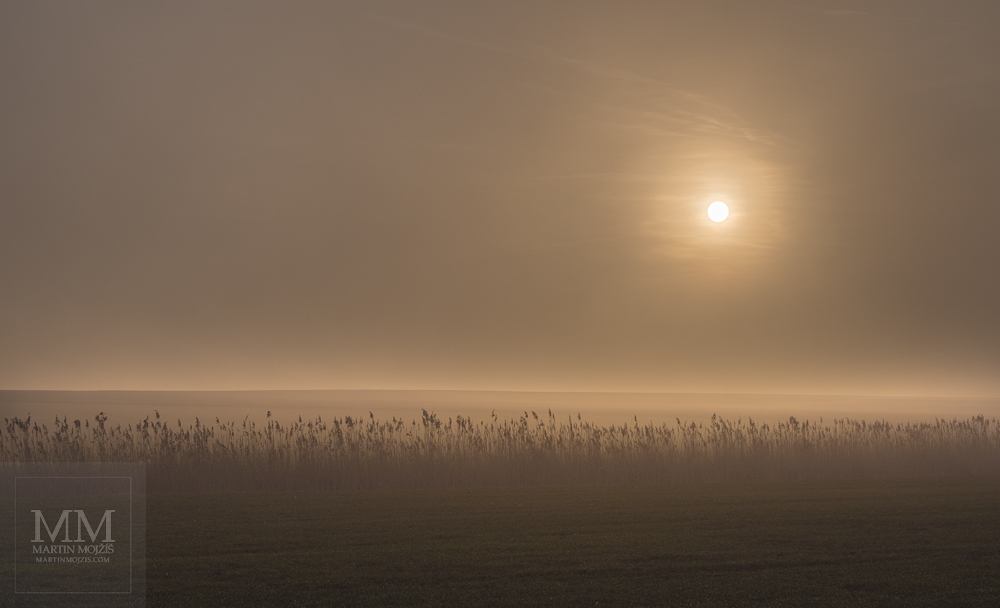
↑ BY THE VRANSKY CREEK. 70 x 43 cm, chromogenic pigment print. Photograph from the gallery ►Different Landscapes.
© Martin Mojzis, 2019.
Olympus OM-D E-M10 Mark II with M. Zuiko Digital 14 – 42 mm 1 : 3.5 – 5.6 II R lens.
↓ The following photograph is the crop in 100% size.

It is known that 4 : 3 system lenses have a double conversion factor to 36 mm film, so a 12 mm lens has a resulting 24 mm angle of view on 36 mm film. This is an advantage with telephoto lenses (for example, quite normal and not demanding in terms of construction 300 mm becomes smooth 600 mm without diminishing luminosity), but a drawback with short focal lengths. Here is necessary to construct complicated lenses of miniature focal lengths, eg. Zuiko ED 7 – 14 mm / 2.8 PRO, 14 – 28 mm 36 mm equvivalent. The unwillingness of wide-angle lenses to create asterisks around point light sources is also a problem. Even the depiction of night lighting lamps is often almost unsightly, with all sorts of bays and veils around.
Bigger depth of field (as already mentioned, eg for angle equal to 50 mm you must to use 25 mm, ie wide-angle lens) is not an obstacle for me here, for example, for railway reportages is an advantage. If shallow depth of field is essential for you and you want to work with Olympus too, then there's a range of 1.2 PRO prime lenses. where it is possible to achieve a very nice background or foreground blur, at least for shorter focus distances.
Automatic white balance is just an aid in RAW images, but it is very helpful if you take pictures in more places every day and the atmosphere of the light changes significantly. You do not always remember in the atelier, if the light you liked so much was a bit reddish, cooler, bluish, with a green tint, etc. The Canons are difficult to overcome in this respect, but the Olympus E-M10 Mark II is not far behind, and can handle most situations with professional confidence. Sometimes it tends a little more to blue-green, but overall it can capture the atmosphere of the place very faithfully, even in the difficult conditions of artificial night lighting. I know, it's a seeming little thing, but if you bring pictures to the atelier after all day long work, whose color atmosphere really doesn't match what you saw on the locations, there's no reason to be happy.

TO UNDERSTAND OLYMPUS.
Olympus devices have always been designed to be as small as possible, in addition to state-of-the-art body and lens construction. Yoshihisa Maitani (1933 – 2009), an exceptional Japanese constructor, who had worked for Olympus since 1956, was the author and also the implementer of this idea. He argued that the camera must be small, so that the photographer was not conspicuous, could lightly and easily move, creating his photographs not only without unnecessary risk, but also limiting effort and fatigue. That's why the original 36 mm film cameras are called OM – Olympus Maitani. As the E-M1 Mark II deviates slightly from this idea, the tiny E-M10 Mark II is exactly its essence. Subtitle A little one to the palm concerns another instrument - the Canon EOS 1, but, in the case of the E-M10 II, in the hummingbird dimensions.
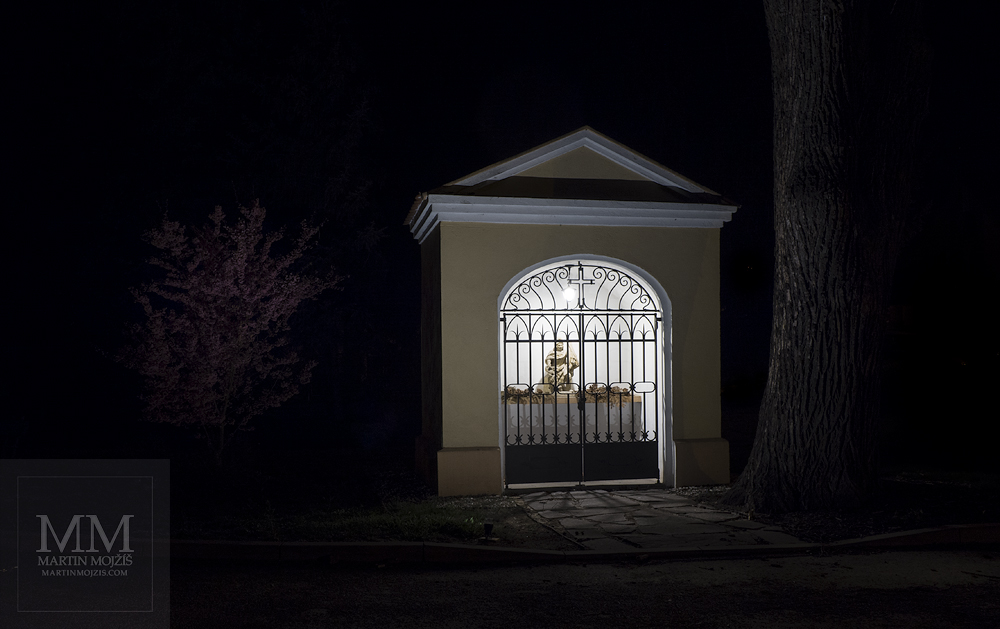
↑ NEAR THE LITTLE CHAPEL. 70 x 44 cm, chromogenic pigment print. Photograph from the gallery ►Diaries.
© Martin Mojzis, 2019. Olympus OM-D E-M10 Mark II with M. Zuiko Digital 14 – 42 mm 1 : 3.5 – 5.6 II R lens.
↓ The following photograph is the crop in 100% size.
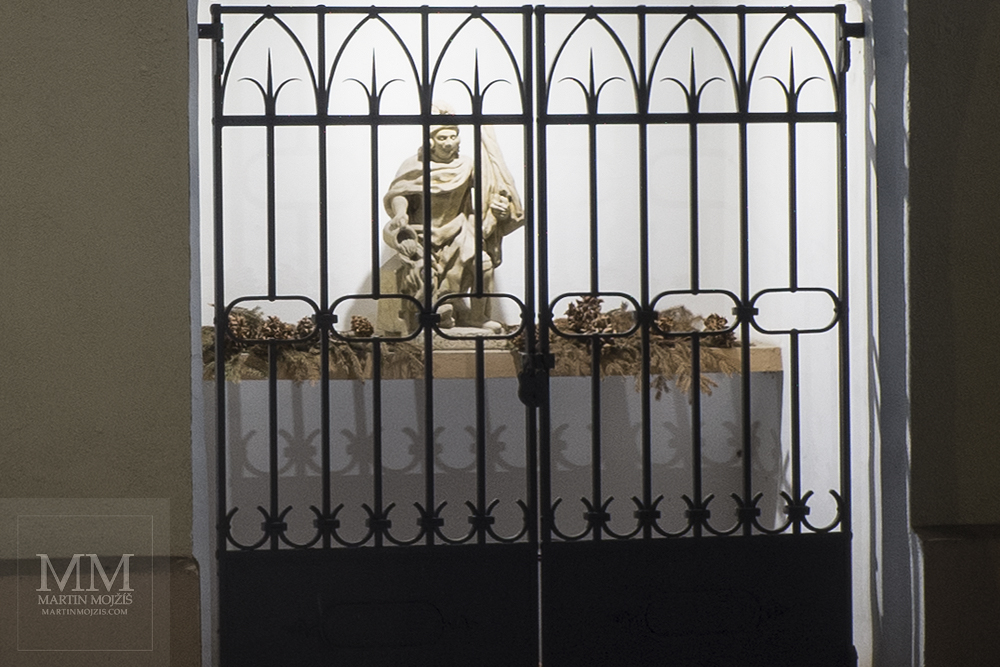
SPEED.
Speaking of Canon's range of reportage cameras, continuous shooting cannot be overlooked. While still in the landscape or when making still-life photographs, it is virtually irrelevant, perhaps only in the exposure series, in a reportage photography it may be an essential feature that will be responsible (along with your perception) for whether "it will be there" or not. The tiny E-M10 Mark II is not to be put to shame, very surprisingly due to its amateurish purpose. Approximately 11 frames per second (8.5 with mechanical shutter) and 22 RAW images are very good parameters, that even an expensive professional camera wouldn't be ashamed of.
Auto focus (again - essential for reportage, otherwise not) can be described as very good. 81 point covers almost the entire field; points can be reduced, enlarged, divided into groups, etc. Focusing is only a contrast detection, which is slightly slower, but in practice you will usually notice this only in difficult lighting conditions, such as at night, or when focusing on non-contrasting or otherwise problematic subjects.

CONTROLS AND INTERESTINGS.
As I mentioned above, the whole body of the device is metal. On the upper surface, to the right of the flash and viewfinder, there are three wheels, again metal. First we select the shooting mode, the other two are used to set the parameters. The shutter button is located in the center of the front wheel.

The back is largely occupied by the monitor. It can be tilted down or up. The tilting is also easy thanks to the longitudinal embossments at the top. The protrusion on the right to support the thumb of the right hand is very practical, thanks to which the device holds well despite its small size. On the protrusion is also a Fn1 button placed, very well positioned, I use it for ISO and white balance.

The memory card is inserted into the tiny slot next to the battery, which is somewhat impractical, but you can get used to it. It is a tax for the small size of the device.
The menus are surprisingly extensive. Here I highly appreciate, that the manufacturer did not let the idea of deceiving amateur device, but allowed to work with virtually the same options as professional models.
On the large panel on the monitor we find everything essential. We can easily set exposure parameters, shutter type, auto focus, etc.
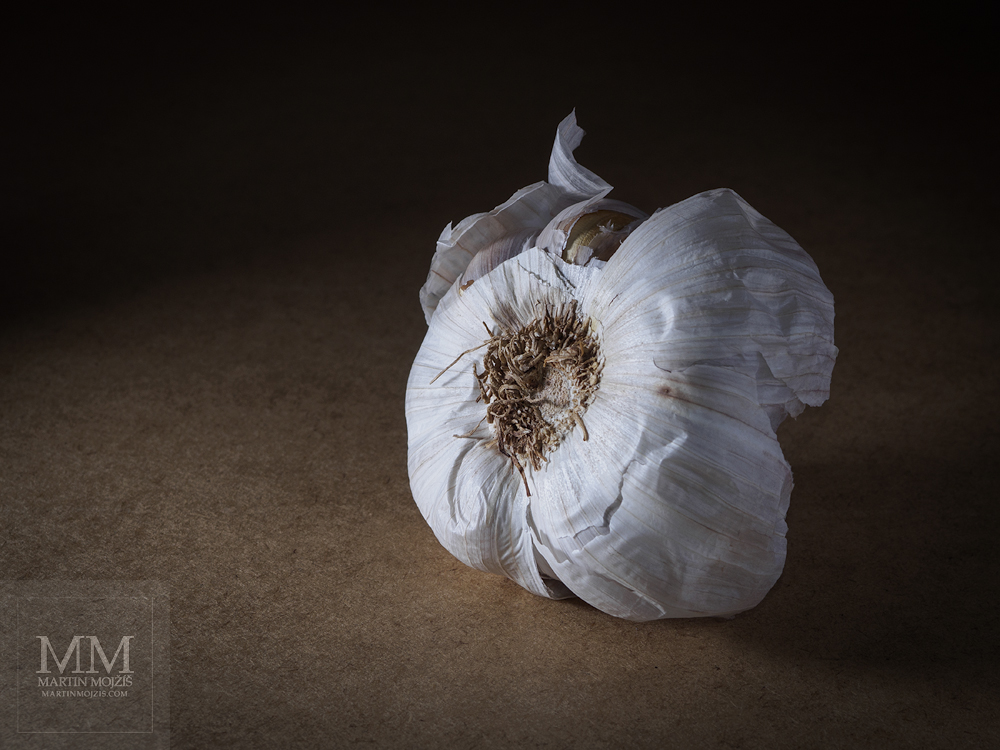
↑ A SILENT AFTERNOON. 70 x 53 cm, chromogenic pigment print. Photograph from the gallery ►Diaries.
© Martin Mojzis, 2019. Olympus OM-D E-M10 Mark II with M. Zuiko Digital 14 – 42 mm 1 : 3.5 – 5.6 II R lens.
↓ The following photograph is the crop in 100% size.
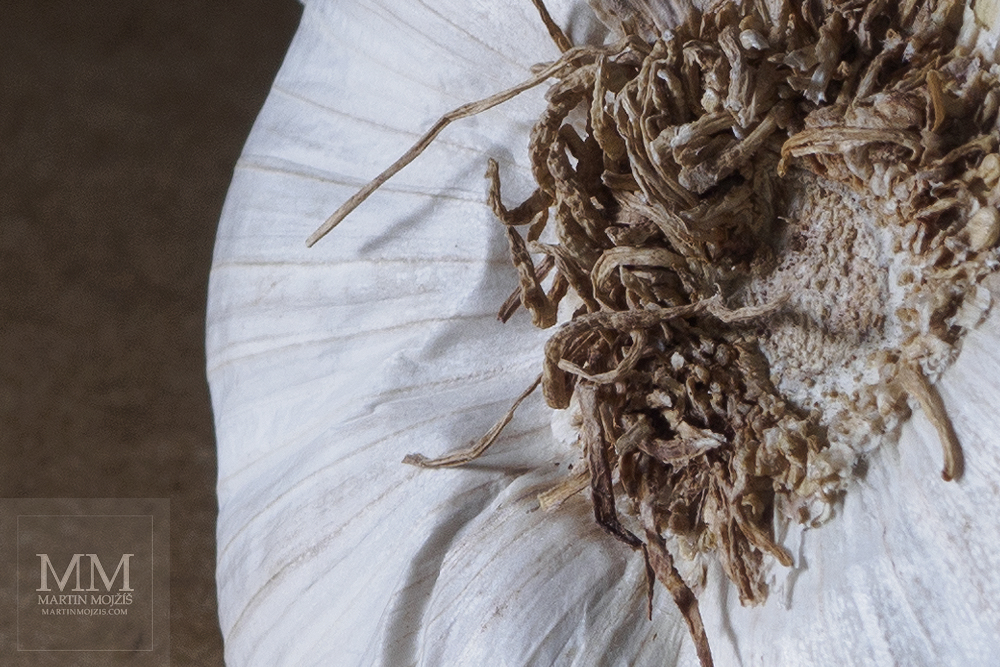
In the individual menus, you can set many things, that are sometimes not found in other manufacturers' devices. For example, a trapezoid correction (converging perspective), which works with JPG images only (DNG or at least 16-bit TIFF would not be a problem), or permanent auto focus (the device refocuses smoothly as needed without pressing the shutter button halfway). Today, the so popular (but unnecessary for me) face focus function is unexpectedly sophisticated here, you can choose to focus on the left, right or closer eye and of course the whole face. You can set a number of functions for buttons and wheels, for example, I turned the unnecessary fashionable red wart (black overcoated) to toggle between manual and auto focus. A total of five kinds of grids can be displayed independently in the viewfinder and monitor. I liked the cross most. All grids are extremely fine and precise. The device also features advanced Live Bulb and Live Time features, which, to put it simply, allow for better control of long exposure photographs. The shortest flash sync time is 1/250 second, which is very good. The white balance can be adjusted either with a preference for the actual color temperature or with a warmer rendering, such as with light bulbs. Personally, I prefer the first option. You can set the image name as desired, as well as enter copyright information.
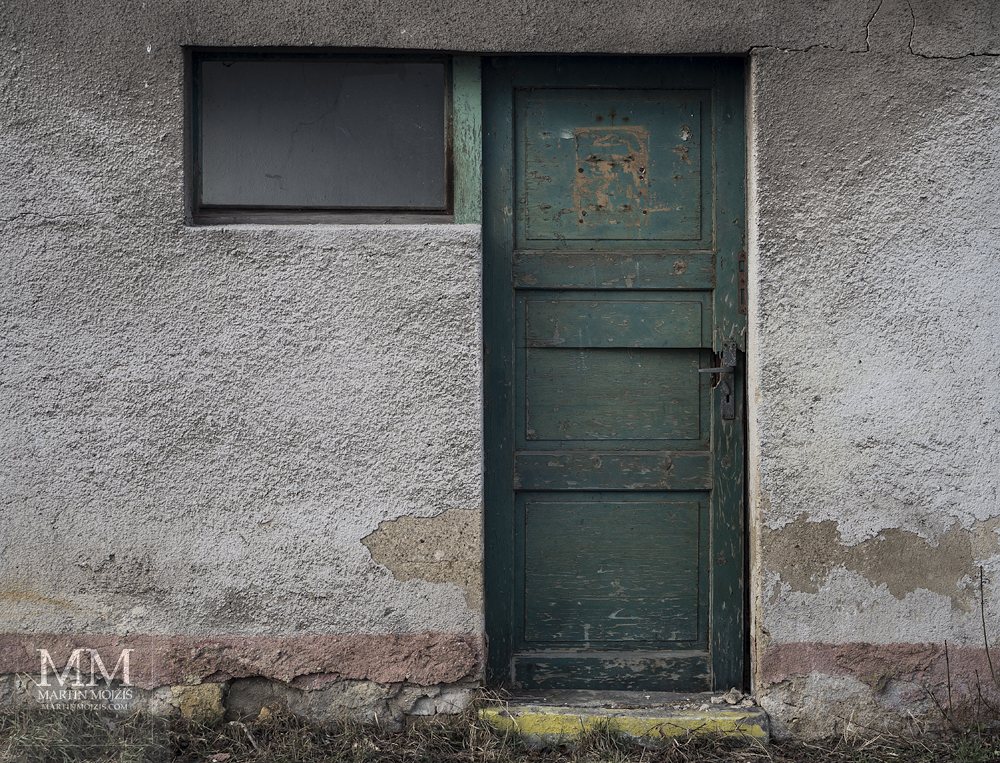
↑ IN FRONT OF THE ENTRANCE. 70 x 53 cm, chromogenic pigment print. Photograph from the gallery ►Diaries.
© Martin Mojzis, 2019. Olympus OM-D E-M10 Mark II with M. Zuiko Digital 14 – 42 mm 1 : 3.5 – 5.6 II R lens.
↓ The following photograph is the crop in 100% size.
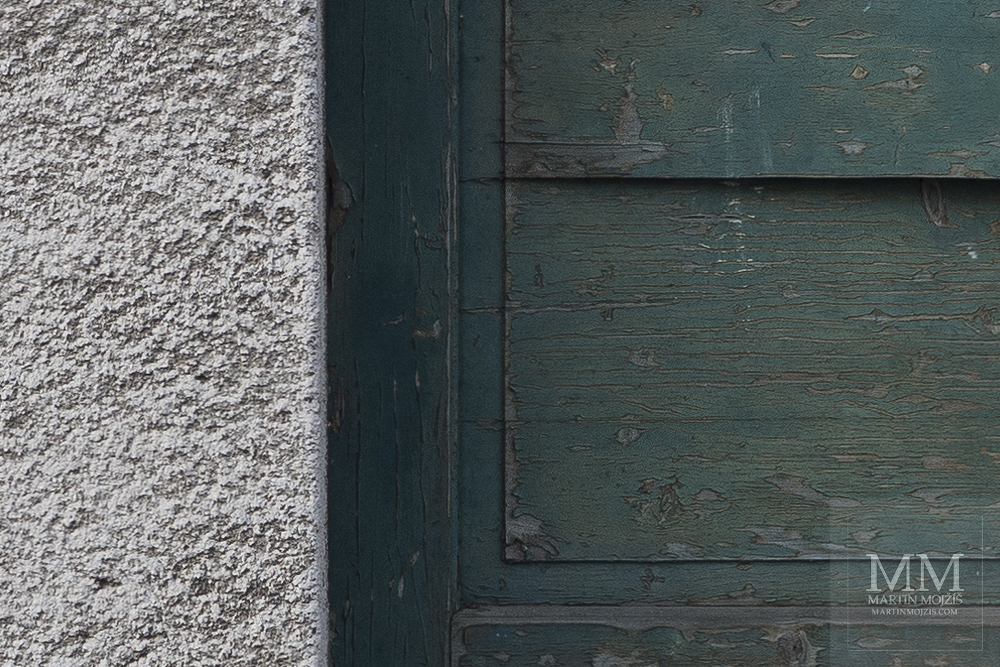
The weakness of the device is power, respectively information about its status. The battery lasts quite a long time, there is no problem, but it is not possible to display the capacity in percent, only very roughly charged - less - end. Although the start of the warning can be partially set, it is still very inaccurate. Therefore, in situations where you are waiting for an important moment, I recommend replacing the battery as soon as the low battery symbol appears, because the end often comes unexpectedly and unpredictably, especially in cold or freezing weather.
The camera is made in Vietnam, where it is probably (yet) even cheaper than in China or Thailand. The quality of the assembly is very good, only (apparently only on my piece) the front wheel in one position (and only sometimes) is a little more stiff; I guess it would be possible to complain easy, but for the emergency travel device it is not a big problem. The joint and offset tolerance is almost zero, which is excellent. I have a small complaint about the hardness of the black paint used - it can be quite easily rubbed, even with a not much power touch of a metal object (for me it was the vertical part of the tripod L plate and its clamping screw).
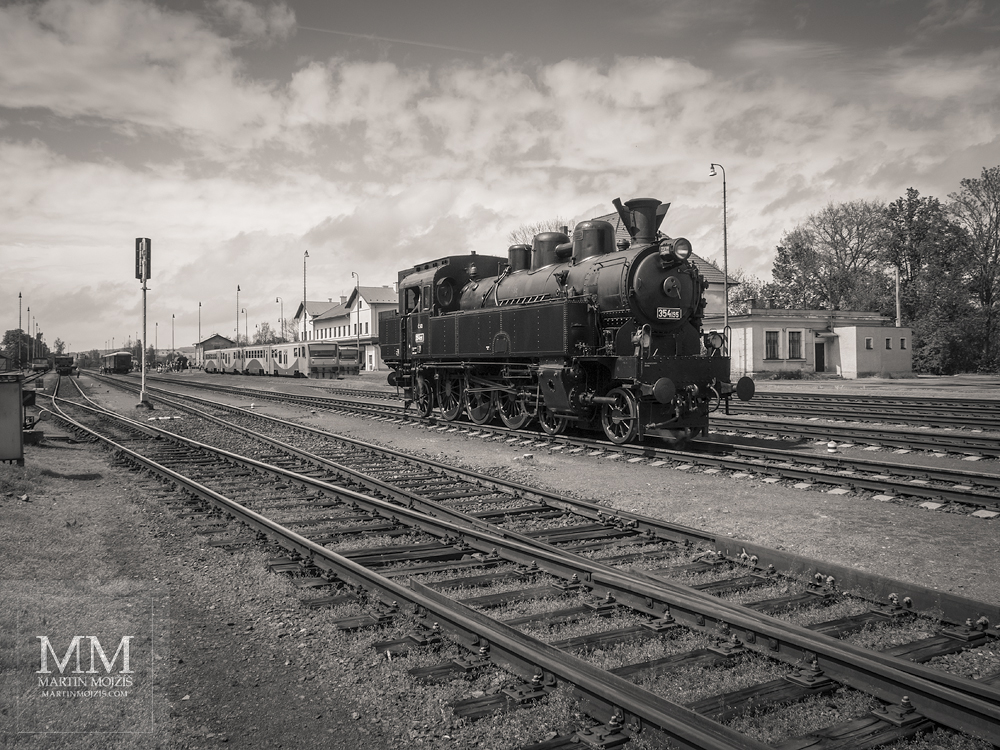
↑ MACHINA NEBULAE IV. 70 x 53 cm, chromogenic pigment print. Photograph from the gallery ►Diaries.
© Martin Mojzis, 2019. Olympus OM-D E-M10 Mark II with M. Zuiko Digital 14 – 42 mm 1 : 3.5 – 5.6 II R lens.
↓ The following photograph is the crop in 100% size.
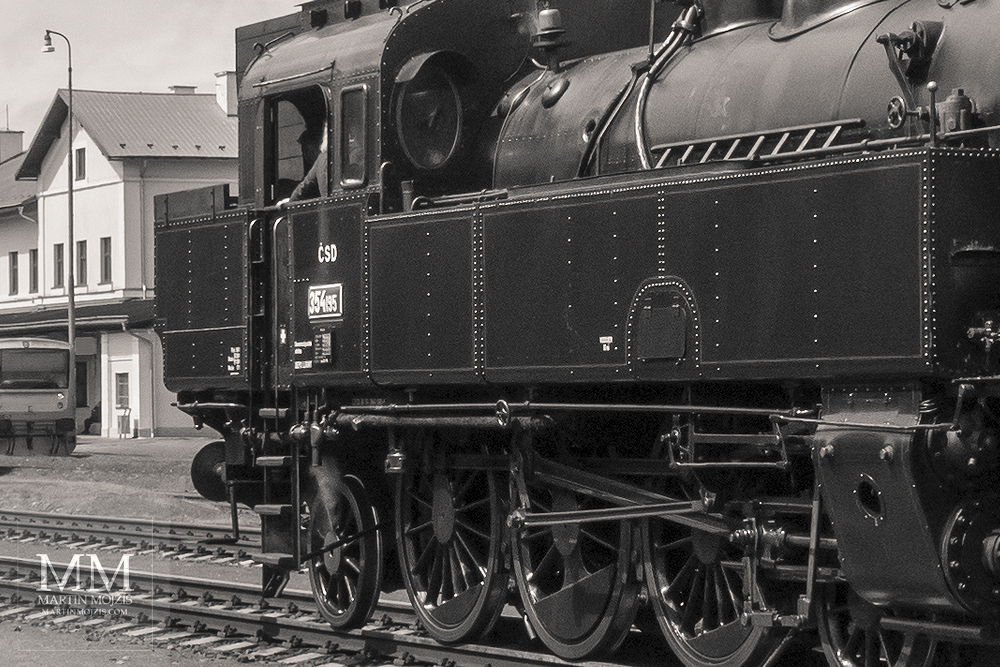
Recently, I have added a M. Zuiko ED 40 - 150 mm / 4.0 - 5.6 R lens, a telephoto lens with an angle of view corresponding to a lens with a focal length of 80 - 300 mm for 36 mm film. Despite its really advantageous price (4990 CZK with VAT, 192 EUR or 227 USD) and plastic mount is pretty sharp and does not lack the aforementioned micro-contrast. Thanks to the use of ED lenses, it's drawing is better than a standard lens.
For more examples, see the following articles:
►Beroun railway station at night.
►11. Dresdner Dampfloktreffen.
►Abandoned railway from Chrast u Plzne to Plzen – Doubravka – part I.
►Trains in January and February 2019.
►On a railway station in North Bohemia.
Finally, I would like to point out, that this (or any other) my article is not supported or influenced by any company or person.
CONCLUSION.
If you are looking for a reportage camera, that you can always have with you, so light and small, that it will not overburden or obstruct, and at the same time will be able to create images, that can print and exhibit up to 70 cm long side at 150 dpi without problems, I can Olympus OM-D E-M10 Mark II without reservation recommend. Both basic lenses have also proved their worth. They combine 14 - 150 (28 - 300) mm focal lengths, all in solid quality drawings (due to construction and price) and with good microcontrast.
This camera is Mr. Maitani's real dream come true. A little one to the palm ...
© Martin Mojzis, 2019 – 2020.
Photographs: © Martin Mojzis, 2019 – 2020.
►To the beginning of the article.
►Overview of all articles.
►Homepage.
►Site map.